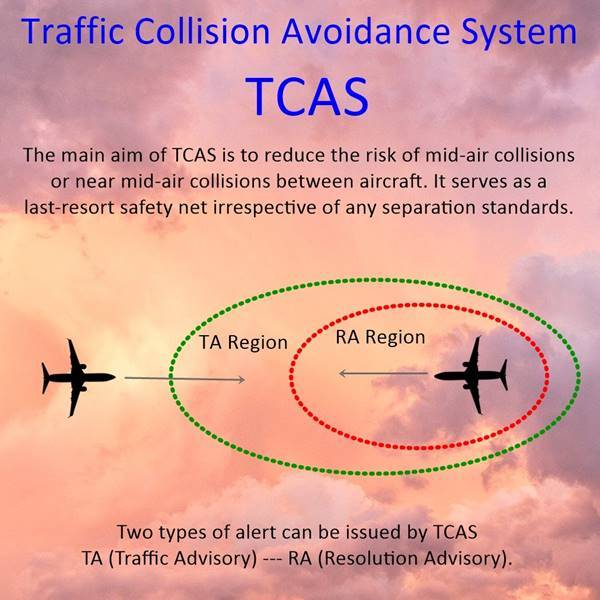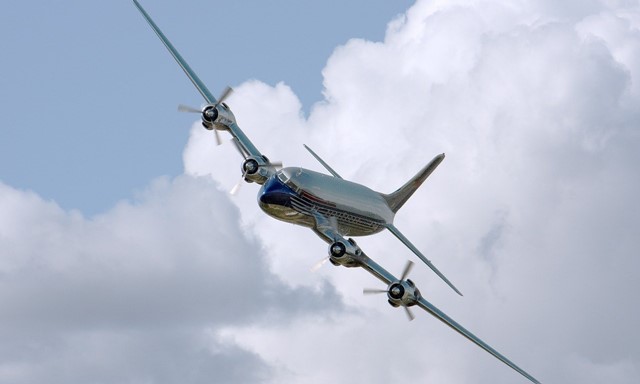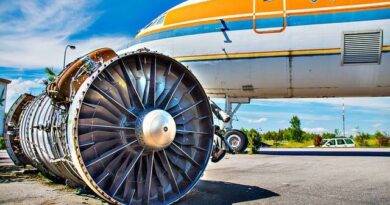Traffic Collision Avoidance System (TCAS)
Traffic Collision Avoidance System (TCAS) is a technology designed to help prevent air-to-air collisions between aircrafts. With the increasing number of aircrafts flying at high altitudes, the need for a more reliable collision avoidance system has become imperative. TCAS works by monitoring the positions of other aircrafts in the surrounding airspace and issuing alerts to pilots in the event of a potential collision.
TCAS is based on two main components: the transponder and the TCAS processor. The transponder is a device that is installed on each aircraft and it sends and receives signals from other transponders. The TCAS processor is responsible for analyzing the signals received from the transponder and determining the position and altitude of other aircrafts. If a potential collision is detected, the TCAS processor issues an audio and visual alert to the pilot, who can then take evasive action.

Traffic Advisory (TA) – Resolution Advisory (RA)
TCAS operates in two modes: the Traffic Advisory (TA) mode and the Resolution Advisory (RA) mode. In the TA mode, the TCAS processor issues a visual and audio alert to the pilot indicating the presence of another aircraft in close proximity. The pilot can then take evasive action to avoid a collision. In the RA mode, the TCAS processor issues a more urgent alert and provides specific instructions to the pilot on how to avoid a potential collision.
One of the key benefits of TCAS is that it provides an additional layer of safety for aircrafts flying in the same airspace. TCAS is also designed to complement other collision avoidance systems such as radar and visual observation. In the event of a radar failure, TCAS can still provide an effective collision avoidance system. Additionally, TCAS is designed to be compatible with other aircrafts equipped with the same technology, which allows for a more efficient use of airspace.

However, TCAS is not without its limitations. The system relies on the accuracy of the data transmitted by the transponder and the TCAS processor, and any errors or malfunctions in these components can result in incorrect alerts or instructions. In addition, TCAS does not provide any protection against collisions with other objects such as terrain or buildings. Finally, TCAS is not a substitute for pilot training and judgement, and pilots are still responsible for making their own decisions and taking evasive action in the event of a potential collision.
In conclusion, TCAS is a valuable technology for preventing air-to-air collisions. While it is not a perfect system, TCAS provides an additional layer of safety for aircrafts and is an essential tool for ensuring the safe operation of aircrafts in the airspace. With the increasing demand for air travel, it is important to continue investing in the development and improvement of TCAS and other collision avoidance systems.



